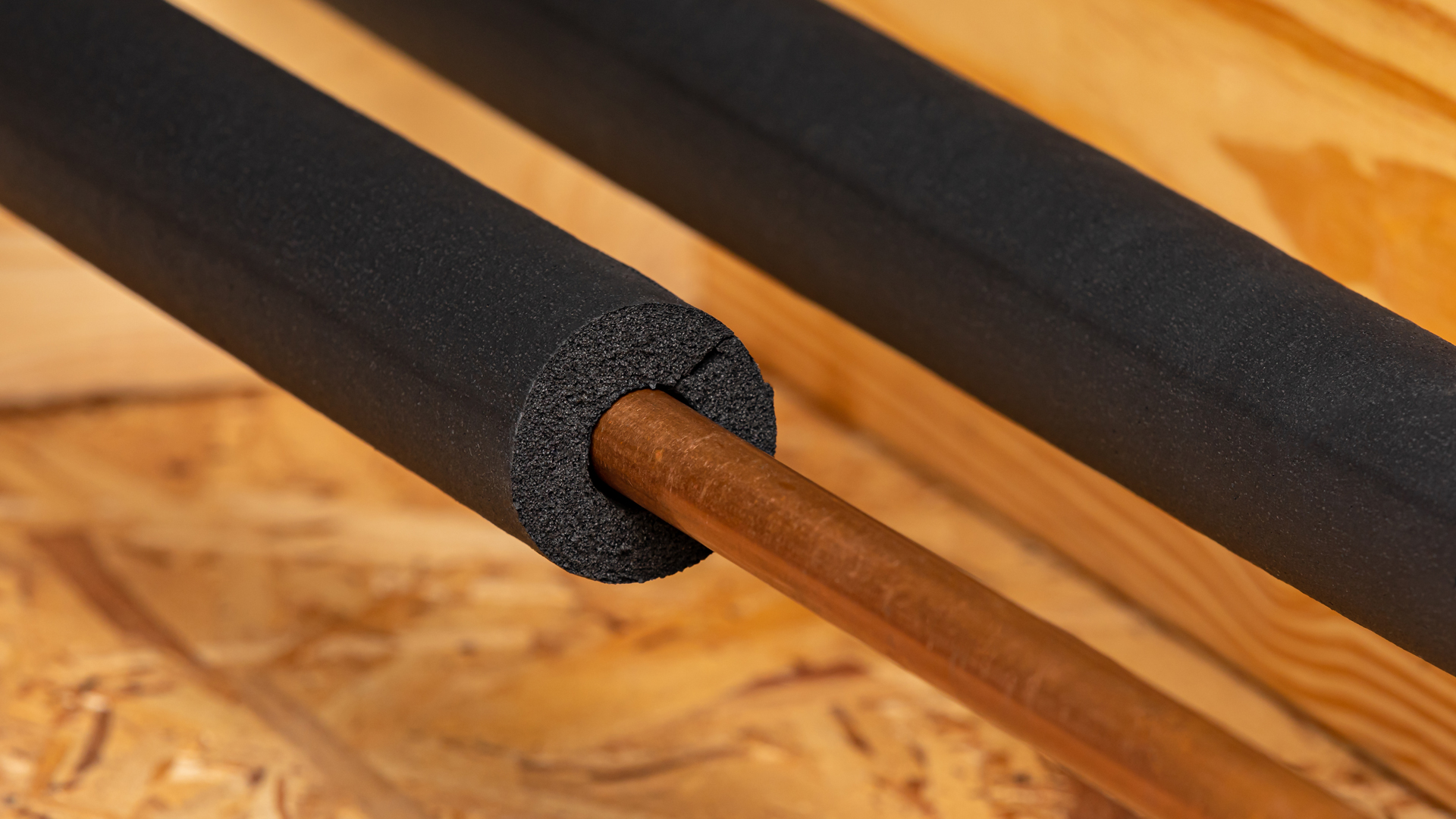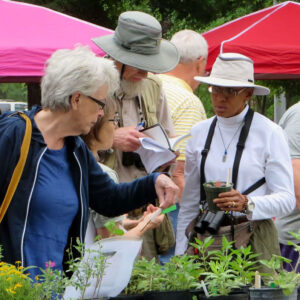The best way to weather a winter emergency is to prepare for it ahead of time.
By Dominique Silva
Beautiful days, spectacular sunsets and pleasant weather have been plentiful this mild December. But this year’s first freeze early this week is a signal that it’s time to prepare for any hard freezes that may be in store this winter.
A hard freeze is considered 28 degrees or lower for two hours or more, killing crops and patio plants. Ice can form inside any plumbing exposed to freezing temperatures, causing pipes to burst. You can protect vulnerable pipes with fiberglass pipe sleeves, foam and faucet covers.

Here’s a list of household areas where exposed pipes may need protection:
In the event of extreme cold, it’s good practice to open cabinet doors around kitchen and bathroom plumbing so warm air can circulate around the pipes inside, especially those located on exterior walls of the house. Landscape irrigation can be shut down for the winter after November — and this is especially important as water run-off from irrigation can freeze on sidewalks and roadways, creating black ice and dangerous driving and walking conditions.
|
Protecting Plants Not all plants need protection from a hard freeze, but those grown in containers are especially susceptible since their roots are directly exposed to extreme temperatures. Smaller pots can be moved inside, but for large containers and baskets move them out of the north wind and under overhead cover. You can protect some freeze-tender plants with cotton sheets, lightweight blankets or cardboard boxes. But don’t rely on plastic, which can worsen cold damage where it touches plants. If you’re covering plants, make sure the sheets reach all the way to the ground and weigh down the corners.
Very small recent plantings that haven’t developed freeze tolerance can benefit from a wrapping of blankets, newspaper and burlap. In general, tender plants like cannas will need to be cut back after freeze damage. Best practice is to plant them with this in mind, in combination with evergreen shrubs or other features that can conceal freeze damage. The best landscape plants for the San Antonio climate are freeze-hardy: their roots will survive. |
It’s always good to complete these tasks before severe weather approaches. If suppliers run out of inventory in the run-up to a cold snap, you may get stuck using very thick cloth and bubble wrap.
For more tips on preparing your home and property when temperatures tumble, visit saws.org/BeReady.



